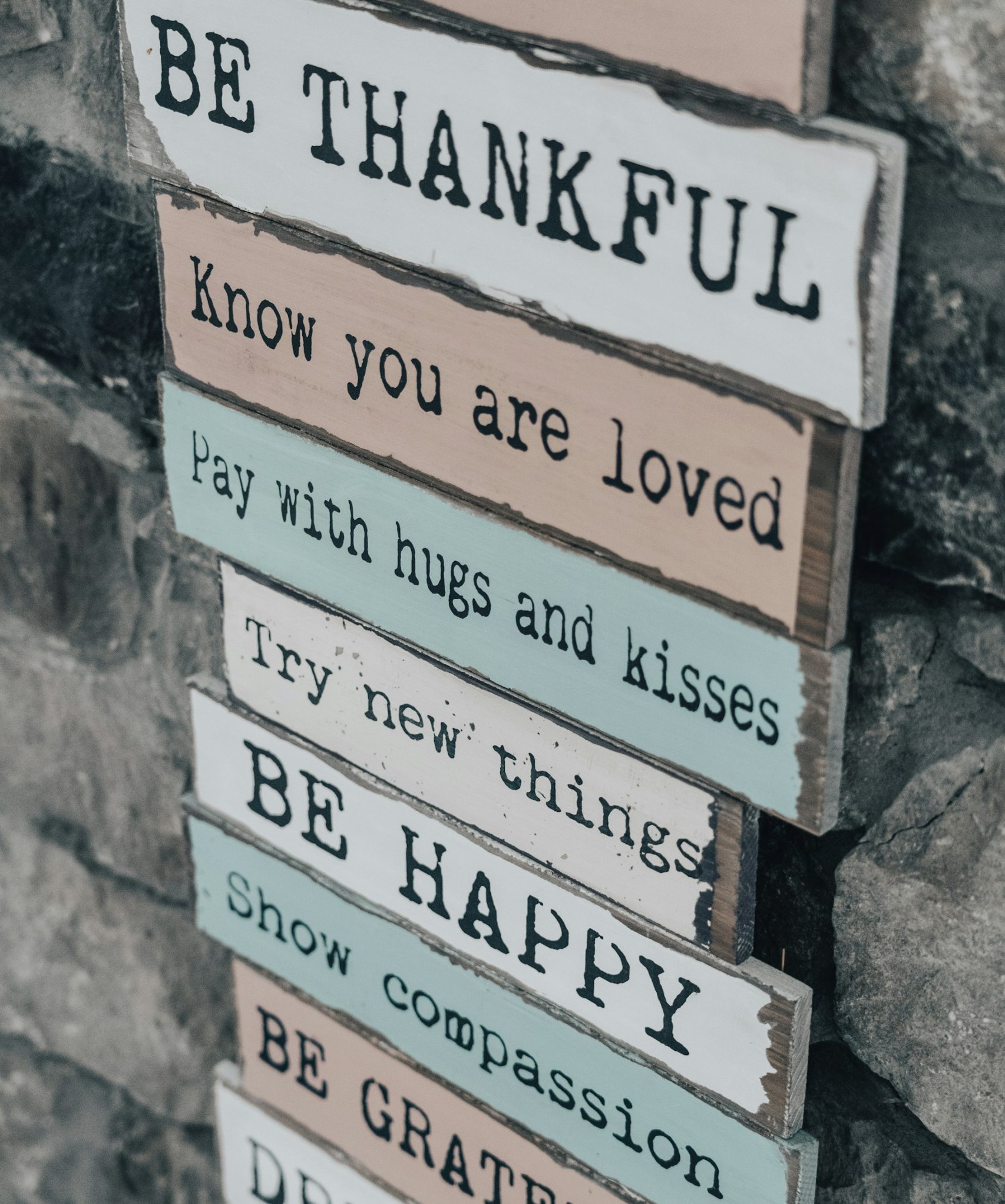Guidelines for Joining
In contemporary digital interactions, explicit guidelines often accompany our participation in listservs and social platform groups. Rules of Engagement typically advocate:
- for maintaining focus on the topic,
- employing respectful language,
- fostering inclusivity,
- prioritizing safety and support,
- acknowledging the absence of nuanced tone in written communication,
- urging careful consideration before posting
Basic as they may seem, these rules are necessary in a landscape fraught with potential pitfalls of division and divergence.
Creating Safety
Rules of engagement are, indeed, essential to sustain meaningful social discourse. The warmth and security evident in these engagements act as tangible proof of a safe space, fostering an environment conducive to growth and change. It is within such safe spaces that new ideas flourish, diverse options gain viability, and innovation and change naturally unfold.
What’s good for society is great for couples
Esteemed couples’ researcher John Gottman, drawing from years of observing relationships, asserts that 69% of problems between partners are inherently unsolvable. In the realm of Imago Relationship Therapy, problems are viewed as objections to differences. How often do we find ourselves yearning for our partners to align just a bit more with our perspective? The unspoken desire lingers: “If only you could see it my way this time.” and “Why can’t you be more like me?” These longings are not mere whims; they represent the relationship’s call to grow and heal. Amidst the ache of yearning lies an opportunity to turn towards each other with curiosity, offering a chance to reconnect and repair the relationship.
Imago Dialogue
Imago Relationship Therapy introduces its own set of rules of engagement, with Imago Dialogue as the cornerstone for healing and growth. In moments of distress, couples turn towards each other, co-regulating emotions, while providing connection and safety. The process commences with a simple yet powerful invitation: “Are you available to dialogue with me about our vacation next month?” Establishing goodwill and connection involves a commitment to being a good listener. Staying connected during the dialogue is supported when we reach across the chasm of our objections expressing appreciation for our partner regarding the topic.
The “Rules”
The sender, adopting a self-reflective and concise approach, invites active listening by the partner. The receiver demonstrates their attention with thoughtful mirroring of what is heard. Imago dialogue encourages couples to probe beneath the surface of their stories, feelings, and actions. Following the “rules of engagement,” the receiving partner summarizes and validates their understanding, expressing curiosity when there is room for deeper understanding: “Tell me more about….” The dialogue concludes with an empathetic expression: “I imagine you may feel…” as a means of acknowledging understanding of the emotional aspect of what was shared.
Batting .310
If 69% of the differences or problems are unresolvable, the remaining 31% of our differences are completely negotiable. This 31% is amazing! Attachment research tells us, 31% is more than enough for us to build a secure, warm, reliable, consistent bond. Looking for these negotiable things is the first step towards making connection a viable pathway when we are hijacked by those pesky old objections to difference.
Sending and Seeking Connection
The dynamics of dialogues shift dramatically when couples actively seek and send cues of welcome. Setting aside blame, shame, criticism, and expectations based on past negative experiences, partners consciously look for expressions conveying warmth and acceptance. This intentional decision to focus on signs of welcome becomes a transformative aspect, with each person acknowledging their responsibility in the space between them, paving the way for deeper connection and understanding. I am completely responsible for what and how I say and do in our relationship.
TL;RL
- Take time to look deeply into each other’s eyes
- Make texting a geographic thing only: “I am on the corner.”
- Offer a tone like the one you use with infants and pets.
- Say something kind and caring with just your hands.
- Invite your beloved to Dialogue when you are distressed.
- Use mirroring to regulate your agitation or distress.
- Keep listening when you are disturbed by your sweetie.
- Express appreciation to each other daily.
- Look for the things that brought you together in the first place.
- Remind yourself that this is “your person.”
Looking for more tips and skills to stay connected? Getting the Love You Want and Couples Counseling

